The human side of Lean: Why people make the difference
Lean construction is often associated with process optimization, improved efficiency and waste reduction. But as Lisa Gibson from Colliers Project...
3 min read
Nialli
:
Apr 25, 2024 6:00:00 AM
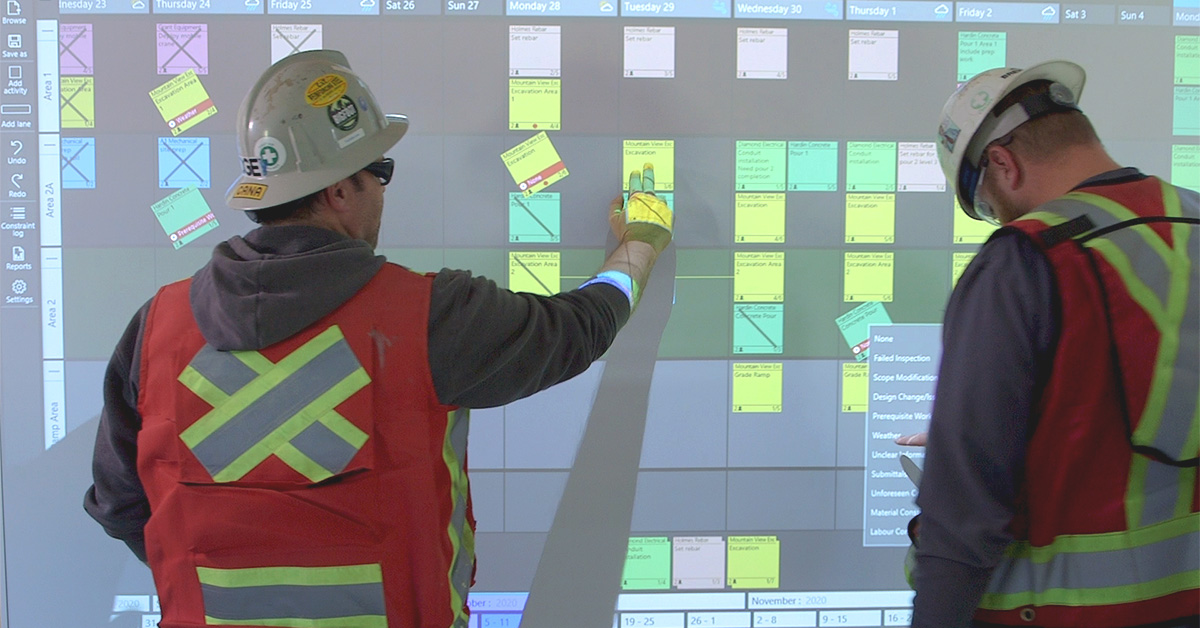
If you’re new to the world of lean construction and pull planning, you might be wondering what the term Big Room means.
It’s as simple as it sounds.
A Big Room is an open space that allows your planning team and any other stakeholders to gather and work together. It could be a site trailer at a construction project or a conference room at the office. The walls become the workspace either with sticky notes or, better yet, interactive touchscreens so you can have remote people participate and your work is saved for revisions at a later date. Desks and chairs are optional, but they’ll be necessary if people are bringing laptops and other working materials. Make sure there’s room for everyone. Comfort is important, too! Consider lighting and temperature.
When the team’s gathered, the room’s makeup instantly signals that it’s a place to gather to work together in a focused way. Everyone is encouraged to collaborate and contribute at the boards. Here are our top 3 reasons why implementing Big Rooms makes for more effective planning during the early phases and for the duration of your projects.
Ideas and creativity flow when the group works together with a common focus and goals. Collaborating in one room (or virtually if needed) fosters open and frank discussions. The conversations in these types of settings create a transparent environment where team members can voice their opinions or concerns and make commitments to their scope of work. Committing to the project schedule openly initiates accountability.
If you’ve ever wondered what a high-performing team looks like, next time you’re walking by a pull planning session, poke your head in and have a listen. You’ll hear lots of conversations among the team members as they share ideas and collectively try to find solutions to their challenges.
It doesn’t mean you won’t hear conflict as challenges arise, but in this space you’ll see people with their hands up sharing their knowledge and expertise from previous projects. It’s within these conversations that teams can actively identify problems while trying to find solutions.

With a united team — all working together — landing on a common goal is much easier when it’s front and center, top of mind. As they would when looking at the bull’s eye on a target dartboard, each team member becomes dedicated to adding value and creating a plan that works.
Whether you’re planning with an analog form (e.g., Post-it® Notes) or with digital technology, visualizing your collective tasks on a board will provide your team with the milestones that need to be reached to meet the project deadline. In Big Rooms, progression on a project will be self-evident. The energy levels will be high when the team lands on its targets. But if the scheduled target isn’t met, teams can facilitate ongoing and open dialogue to find workable solutions.
Just like when participating in a team sport, every player has an important role in supporting the team. Each member must do their part to secure a win. And committing to and executing on a project’s scheduled activities will be necessary to reach each milestone. In an open Big Room, team members will know when someone did not complete their committed tasks. Every team member is held accountable.
It becomes a lot harder to back out of your commitments when you’ve openly put your hand up. But rather, you’re forced to step up and honor your commitments. And if you can’t, that’s okay, but sharing your challenges and asking for help provides transparency. To build trust, being frank and open is all part of the process.
In the Big Room environment, getting things done is expected and staying on the side of doing should be the norm. It goes without saying that projects do ebb and flow. But when you work with a team you trust, you’re likely going to step up and do your part.
There are so many reasons for implementing Big Room planning. In an ever-changing and competitive business landscape, finding efficiencies while keeping your team united will give you the advantage you need. A Big Room environment is also a place to help foster mutual respect while creating transparency.
At the core of lean construction practices is respect. Collaborating in a Big Room during the planning phase helps facilitate lean principles.
Nialli offers cloud-based planning tools for construction teams. Learn how Visual Planner can help your team collaborate through conversations, find solutions and remove project constraints to help you complete your projects effectively and efficiently.
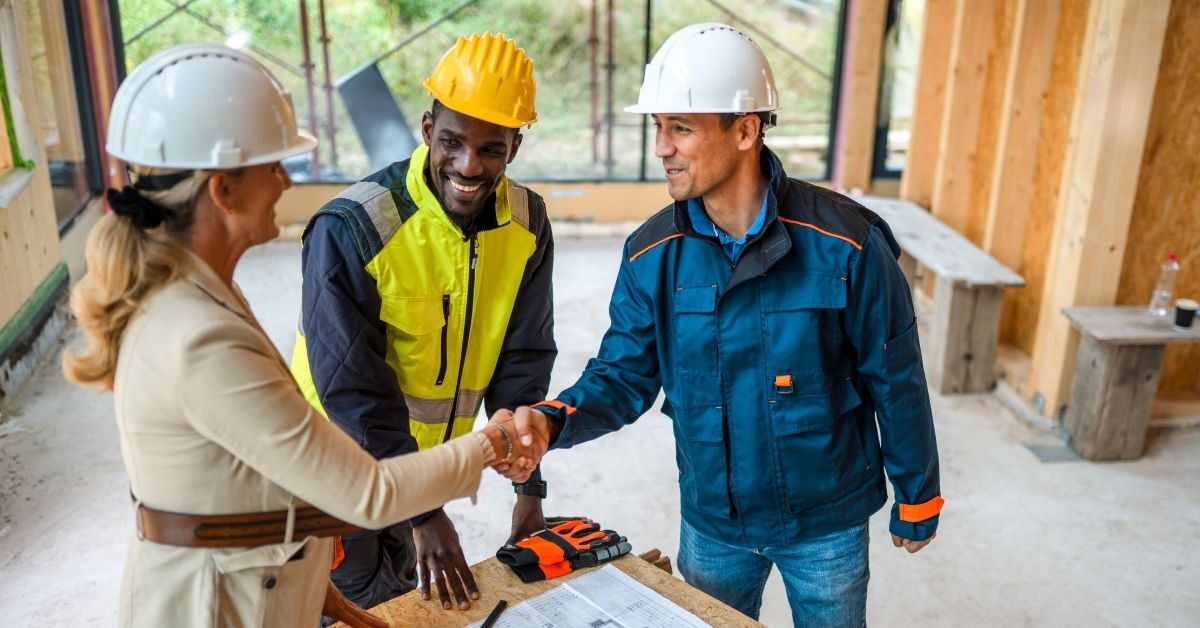
Lean construction is often associated with process optimization, improved efficiency and waste reduction. But as Lisa Gibson from Colliers Project...
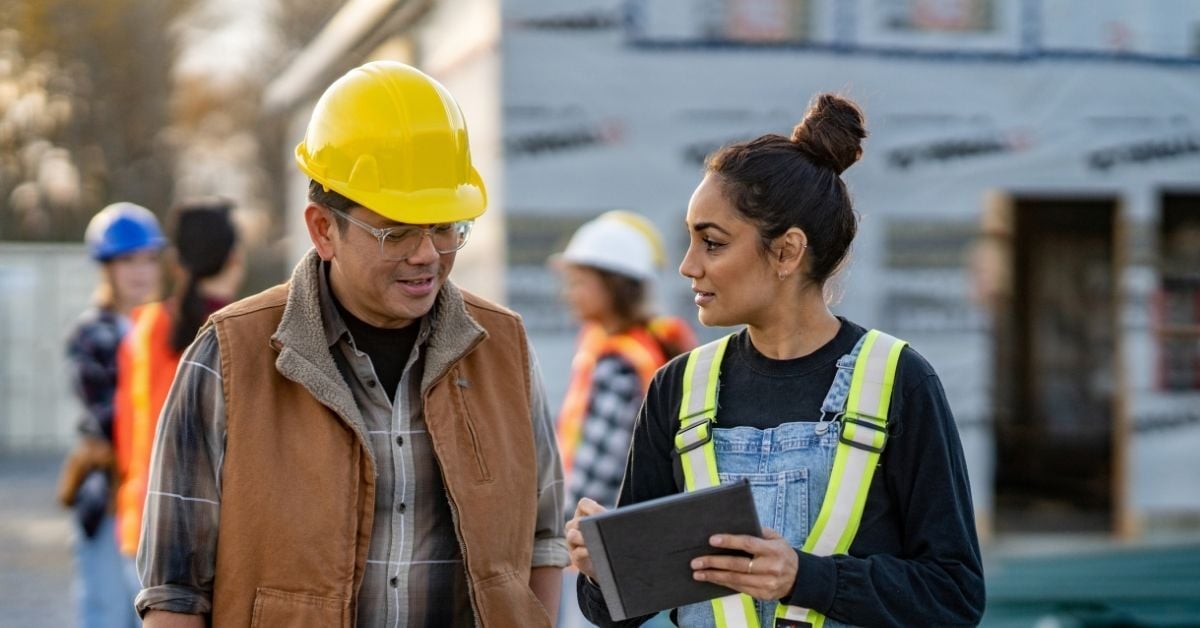
The construction industry is constantly evolving, and forward-thinking industry leaders and experts are sharing insights into new and emerging...
.png)
Planning sessions with site teams are crucial for setting the foundation of any project. Hosting your first digital planning session with Nialli™...
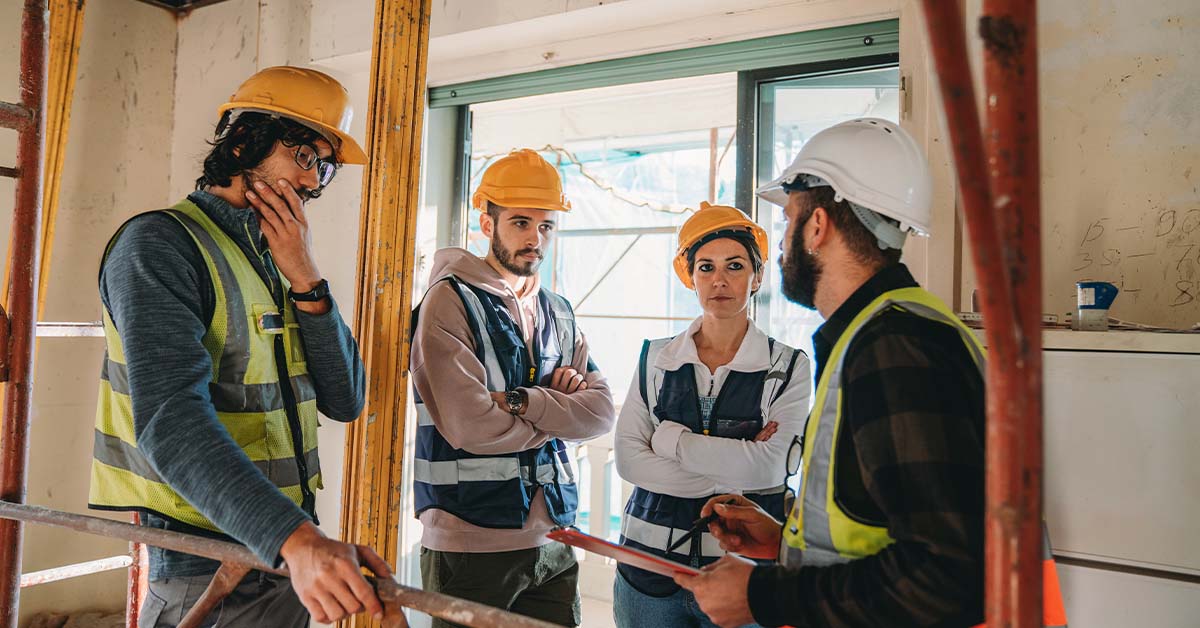
There’s a perception in the construction industry that Lean methods are only meant for megaprojects and ENR 400 contractors. That is, going Lean is a...
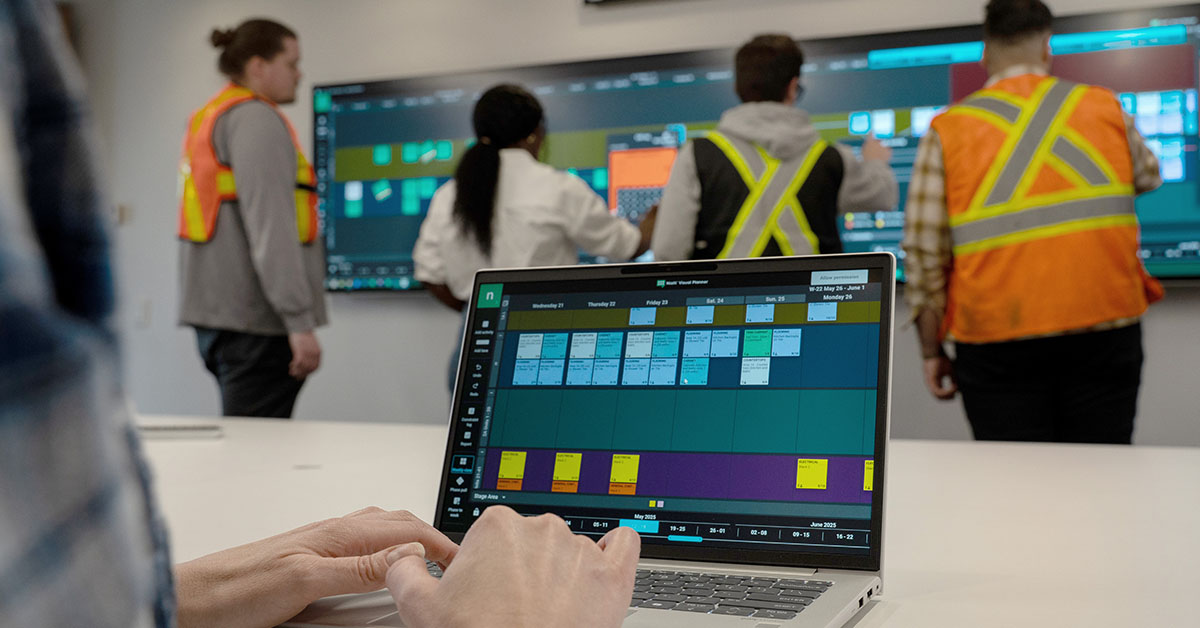
One of the biggest challenges construction teams face is communication silos. The average project has dozens (if not hundreds) of team members, all...

In the days before smartphones, location trackers and helicopter parenting, children experienced a freedom that allowed them to explore and create...